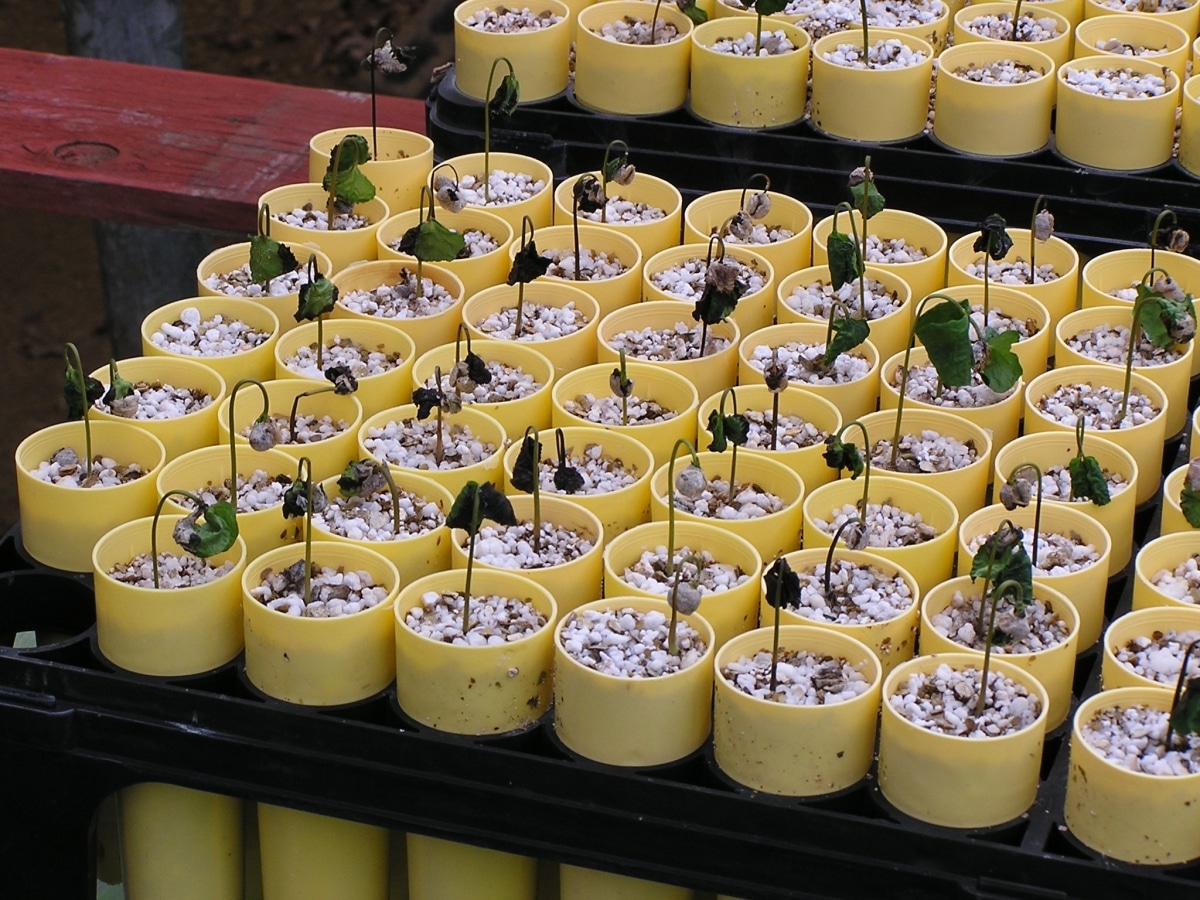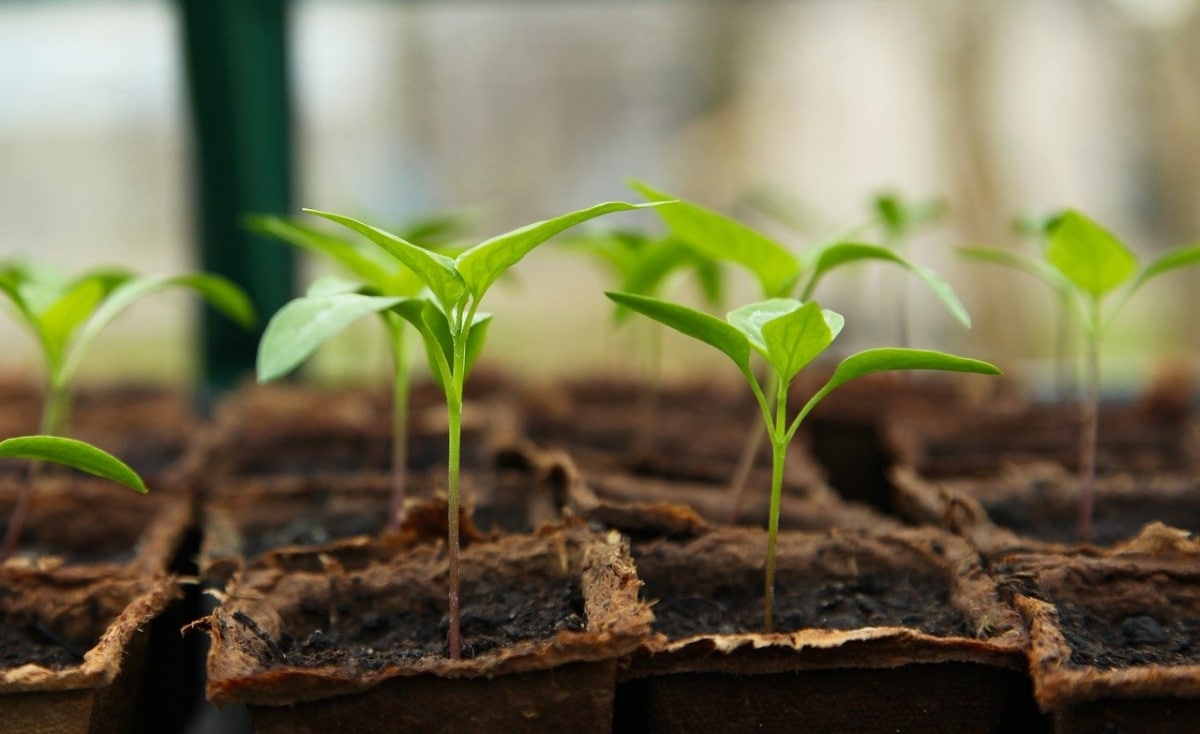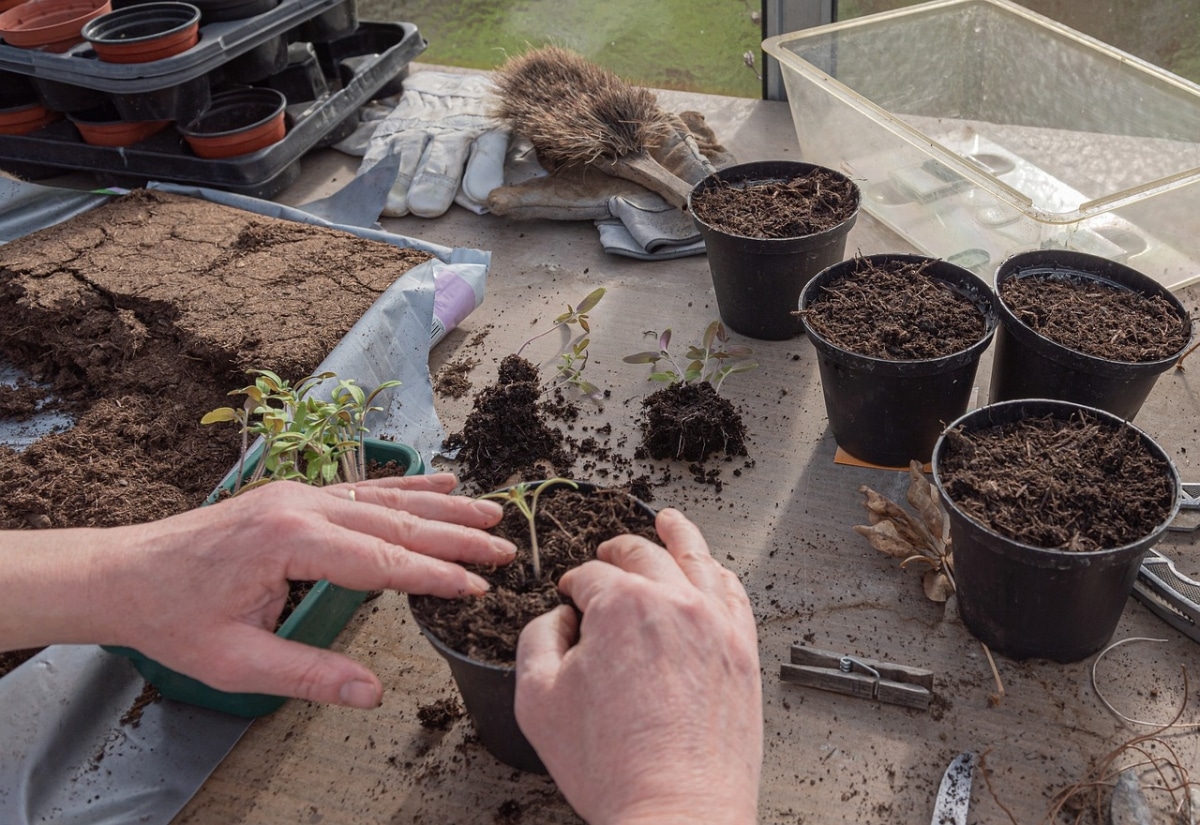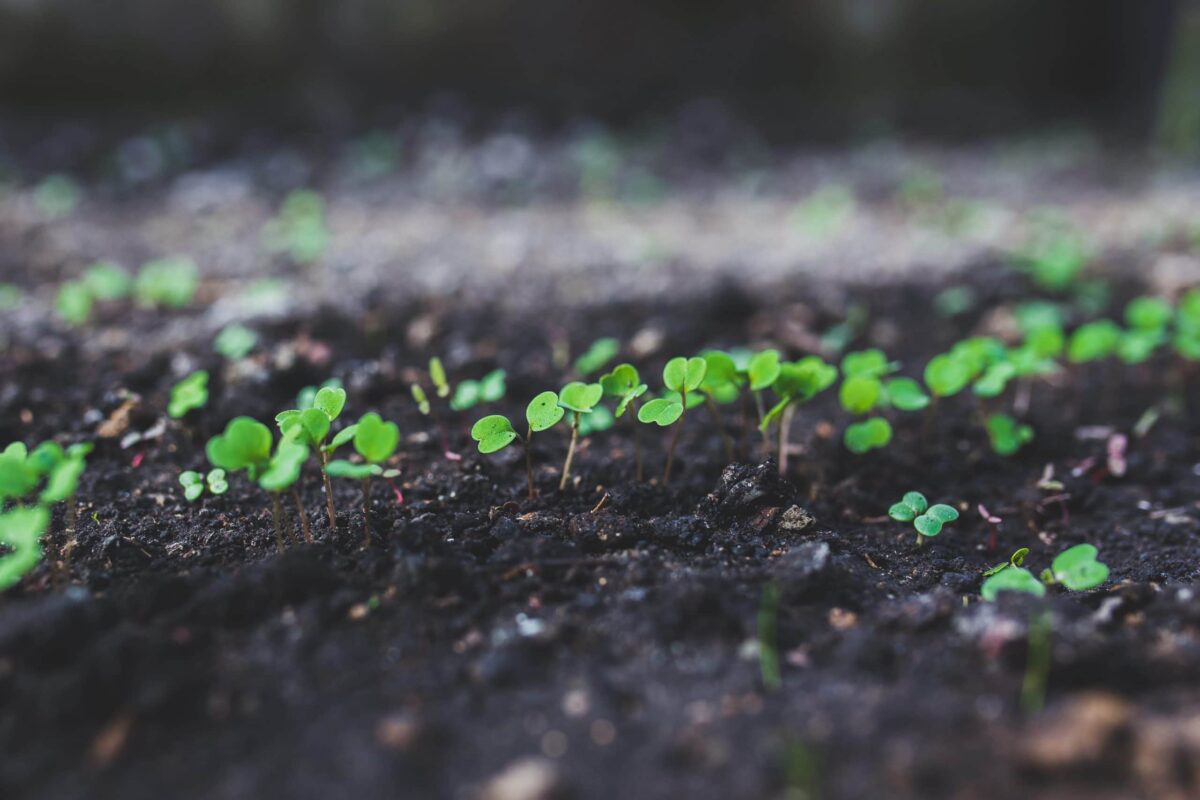
Image - Flickr / Scot Nelson
Sowing seeds and watching them grow is always an enriching experience ... until some begin to weaken and die. It is like this: a species can have a germination rate of 100%, but not all seedlings will come out aheadunless we take some steps to achieve it.
So if you are wondering why the newly germinated seedlings die, write down these tricks to prevent it from happening to you again.
Why do the seedlings die?
There can be several reasons why the newly hatched plants do not survive. At these ages they are very delicate and vulnerable, so you have to be especially careful with them, since they can have problems if:
- The substrate is very compact: the roots of newly germinated plants must be able to have a good development, something difficult if the soil is very compact.
- Many seeds have been sown together: to ensure that the vast majority of seeds germinate and grow, it is necessary to avoid sowing many together. In fact, it is highly recommended to sow them in seedling trays, putting two or three at most in each socket.
- Is overwatering: We often think that if water is life, the more water we give them the better they will grow, but this is not the case. If the soil remains wet or waterlogged for a long time, the excess water will kill the plants.
- The seeds have not developed well: sometimes it can happen that the seeds simply have not finished their development, or that they have a problem at the genetic level.
- Have been exposed to direct sun directly: If we have the seedbed in semi-shade, even though we are cultivating sun species, it is important that we acclimatize them little by little, exposing them to direct light for an hour or two more every fifteen days.
- damping-off: it is the rot of the neck of the seedlings, especially of trees, caused by fungi. It is the most common cause of death for plants less than one year old. More information.
How to avoid losing the seedlings?
To be successful with seedlings we have to take a series of measures from the beginning, that is, from when they are seeds; otherwise, we could risk losing them soon. So, don't hesitate to put these tips into practice:
Use a very porous substrate
Whether we grow vegetables or trees, the land must be well drained. It is important to avoid using heavy soils, such as those with only peat. When we sow, it is crucial that the substrate allows the water that is not absorbed to seep through without problems, and that it is also light. Therefore, we recommend filling the seedbeds are:
- Coir: indicated for acidic plants, such as Japanese maples, azaleas, camellias, heather, etc. You can buy it here.
- White peat + perlite in equal parts: this mixture it is perfect for carnivorous plants.
- Seedbed soil: it is a mixture that is already sold prepared. It is highly recommended for sowing seeds of edible plants (such as peppers, tomatoes, lettuce, etc.), aromatic (lavender, peppermint, thyme, basil, among others) and flowers (pansies, geraniums, violets, marigolds, ...). You can buy it here.
- Soil for cacti and succulents: It can be a mixture of peat with sand and perlite in equal parts, or you can buy a substrate prepared for these plants. Get it from this link.
- Universal substrate mixed with 30% perlite: when you cannot get seedbed substrate, this it is a good alternative.
If you need more information about substrates click here.
Treat the seeds before and after sowing with copper
Copper has antifungal properties, so it will keep fungi away. For this reason, before sowing them, we will place them in a container with copper where we will have them for 24 hours, and then, when we sow them, we will pour a little on the surface of the substrate in spring and autumn, more or less once every 15 days.
If we sow in summer and / or if we live in an area where the degree of insolation is very high, we can treat them with a fungicide that contains copper but is also liquid. What this.
Place the seedbeds in the proper location

This is one of the most important things to do. If we sow sun species, the ideal is to place the seedbed in a place where the light of the sun shines directly from the first day.. This will save us many problems later, as they will start their life with the light they need.
And it is that when they are planted in areas with little light, the plants can grow fast, yes, but also very weak; and when we want to take them out as soon as the sun hits them they burn. For this reason, it is better not to take risks and to find out about the lighting needs of the plants we want to grow.
Sow the seeds separately from each other
Plants compete from day one for nutrients, available space and light. During their youth they usually grow at a somewhat faster rate than they will when they are adults, something that is seen when many seeds are sown in the same place. The problem is that not all of them will succeed: only the fastest and strongest will.
So if we want all or most of the newly germinated plants to survive, we have to try to sow them separately. This is done easy in a seedling tray, since you only have to put two or three at most in each socket. But if we sow them in pots or planters, they have to be separated as much as possible as well.
Keep the substrate moist but not waterlogged
We have to water every time the land is dry or almost dry, checking the humidity each time if necessary by inserting a thin wooden stick to check how much substrate has adhered to it. In the event that it comes out practically clean, we can water.
Another option is to use a moisture meter, which we will only have to introduce into the soil to tell us if it is dry or wet. In this way, the seedlings will be able to grow well.
But beware: watering when necessary is not enough. We must also ensure that, if we have a plate or a tray under it, it is not always full of waterOtherwise the soil would absorb it and it would remain wet for a long time. As a consequence, the seeds and / or seedlings would rot. Therefore, it must be drained after watering.
Be careful with snails and slugs
These animals love tender shoots, like newly sprouted plants. Because, during the rainy season it is worth having the seedbeds protected, either with mosquito netting or with a anti-snail product (If you have pets, buy one that is respectful with them so as not to have any dislike).
How to recover diseased newly germinated plants?

The truth is that it is very difficult to save a young plant that has problems. Of course you can try, but on many occasions the result will not be as expected, especially if the ground is flooded or if it has fungi. And it is that in those conditions, the roots would be very weakened. Therefore, they must be treated with a systemic fungicide as soon as possible, and risks reduced.
However sometimes it is worth taking steps to recover them. For example, if the ground is dry and has only a few yellow leaves, or if it has always been in shade or indoors and now it is sunny and has started to burn.
In the first case, what we will do is water more often; In the second, we have to get it used to the sun little by little, putting it in for an hour early in the morning (it shouldn't be in the midday sun) the first week, two hours the next, ... and so on until it is all day. If we see that its leaves burn quickly, we will reduce the time of exposure to the sun a little.
With these tips and tricks, you are sure to have success with your seedbeds.
